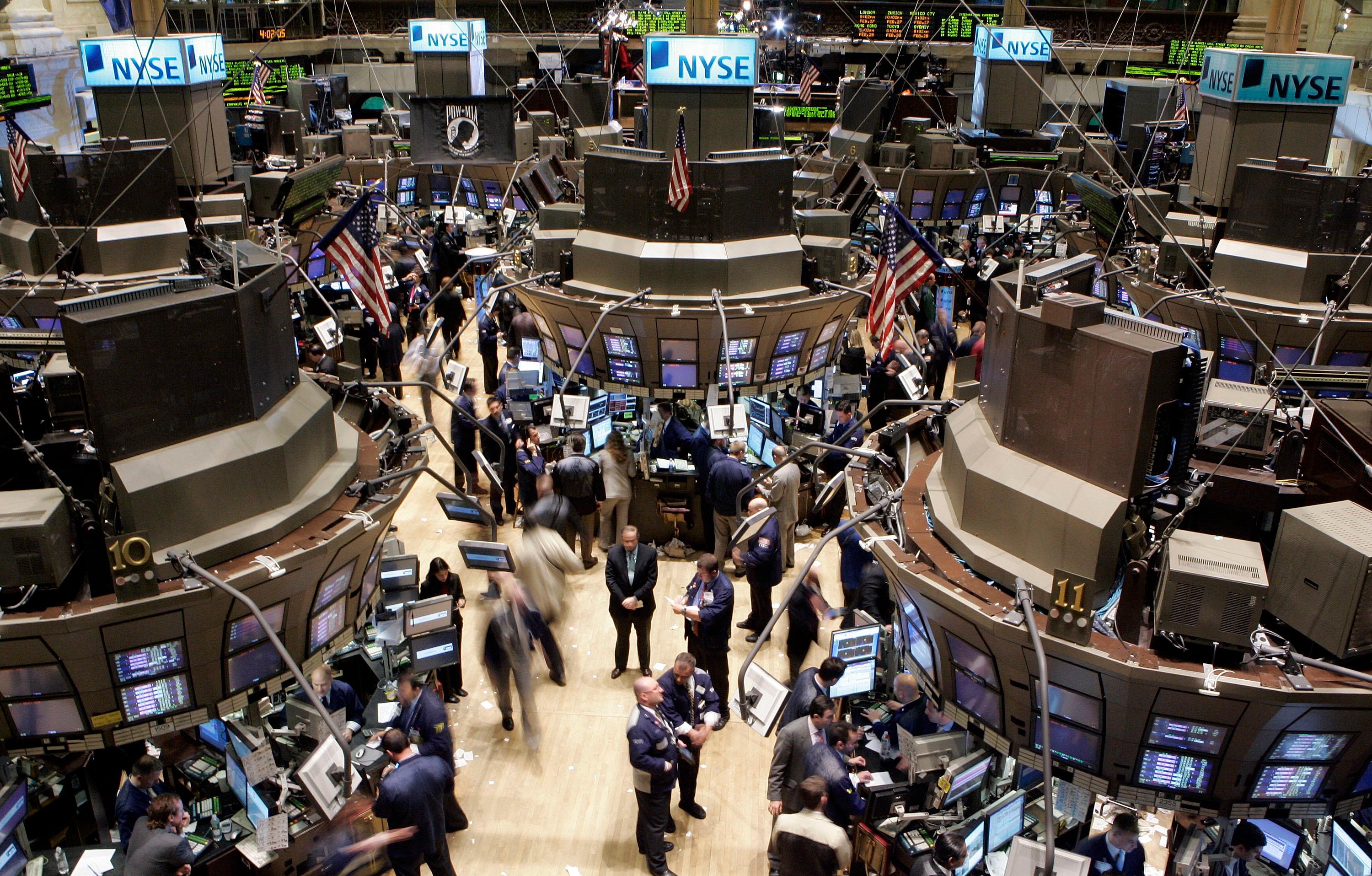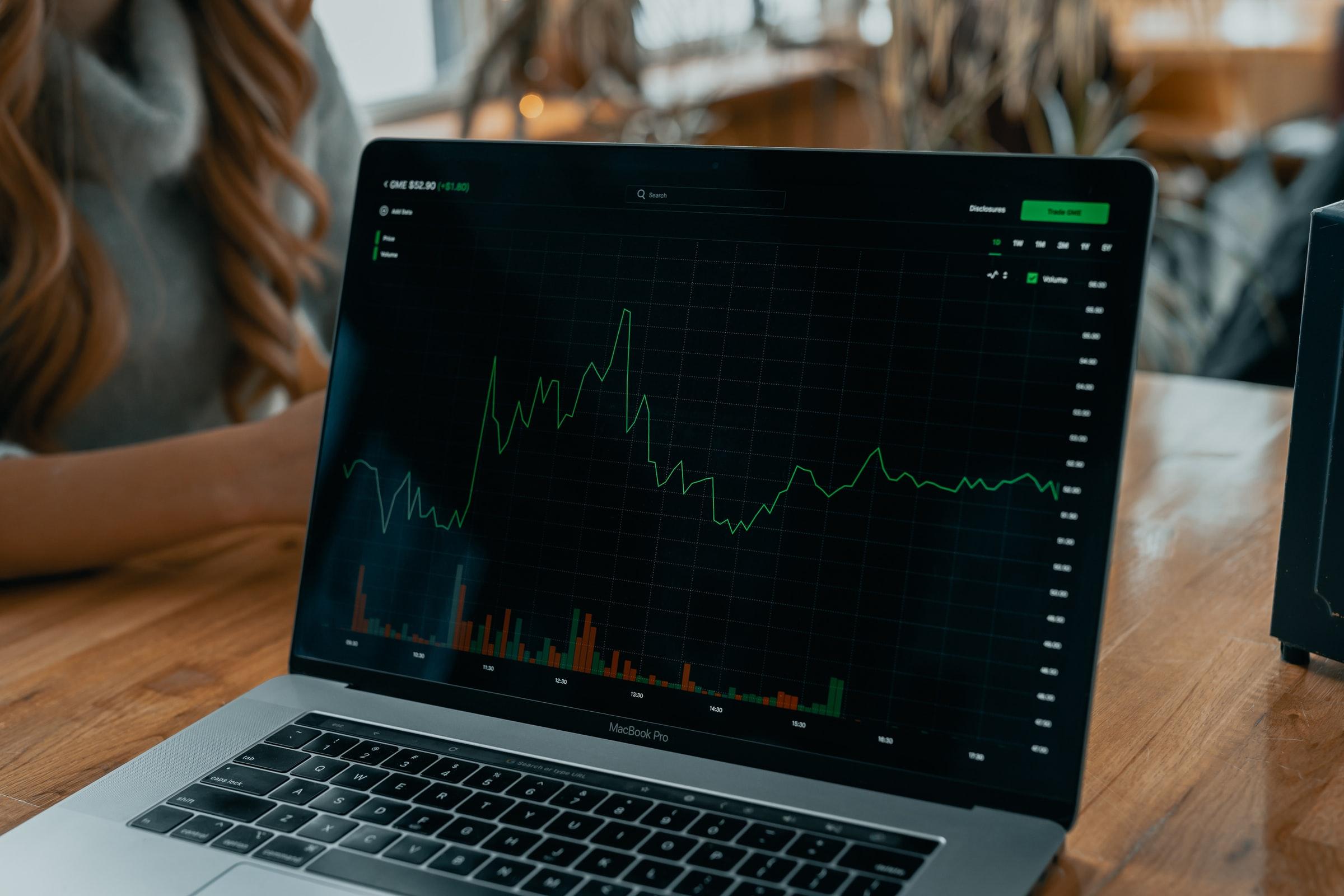How Often Do Stocks Change on the S&P 500?
The S&P 500 is comprised of the largest publicly traded companies. But when do new companies get added?
July 16 2021, Published 10:55 a.m. ET

One of the most significant indicators of the U.S. economy’s health is the S&P 500. Often overshadowed by the well-known Dow Jones Industrial Average and unemployment rates, the S&P 500 provides a more comprehensive, objective picture of the country’s financial state.
The S&P 500 is commonly included in investors' portfolios. It’s essential to understand what the S&P 500 is before putting your money into it and relying on it for your financial future.
What is the S&P 500?
The S&P 500 stands for the “Standard & Poor 500.” Henry Poor was a 19th-century financial analyst who compiled an annual list of publicly held railroad companies at the time. Poor merged his listings with those of the "Standard" Statistics Bureau in 1941. The index's "500" are the largest companies traded on the NYSE and the Nasdaq.

As the S&P 500's performance is calculated based on each of the 500 companies' float-adjusted market capitalization, it arguably best represents that state of the economy because it includes companies across every industry. And it can be said that the represented companies’ performance mirrors that of non-represented companies in their respective market sectors.

Who maintains the S&P 500, and how often is it updated?
To qualify for the S&P 500, a company must meet certain committee-established criteria, which include:
A market cap of at least $13.1 billion.
Trading the value of its market capitalization annually.
At least a quarter-million of its shares have been traded in each of the previous six months.
The majority of shares are in the public’s hands.
Being publicly traded for at least a year.
Earnings over the most recent four quarters and in the most recent quarter must be positive.
Because the criteria are so strict, the S&P 500 is dynamic and always changing. Companies that meet the eligibility requirements can get added anytime and replace others that fail to stack up. The S&P 500's most recent restructuring was on Mar. 12, 2021, and took effect before markets opened the next day. NXP Semiconductors (NXPI), Penn National Gaming (PENN), Generac Holdings (GNRC), and Caesars Entertainment (CZR) were added, replacing Xerox Holdings (XRX), Flowserve (FLS), SL Green Realty (SLG), and Vontier (VNT).

The value of the S&P 500 is updated every 15 seconds, or 1,559 times per trading day.
How to invest in the S&P 500
Perhaps the best way to invest in the S&P 500 is through index funds and ETFs. These investment funds don’t try and beat the market, but rather match the S&P 500’s performance. This helps limit risk by holding a percentage in each company listed on the S&P 500.
